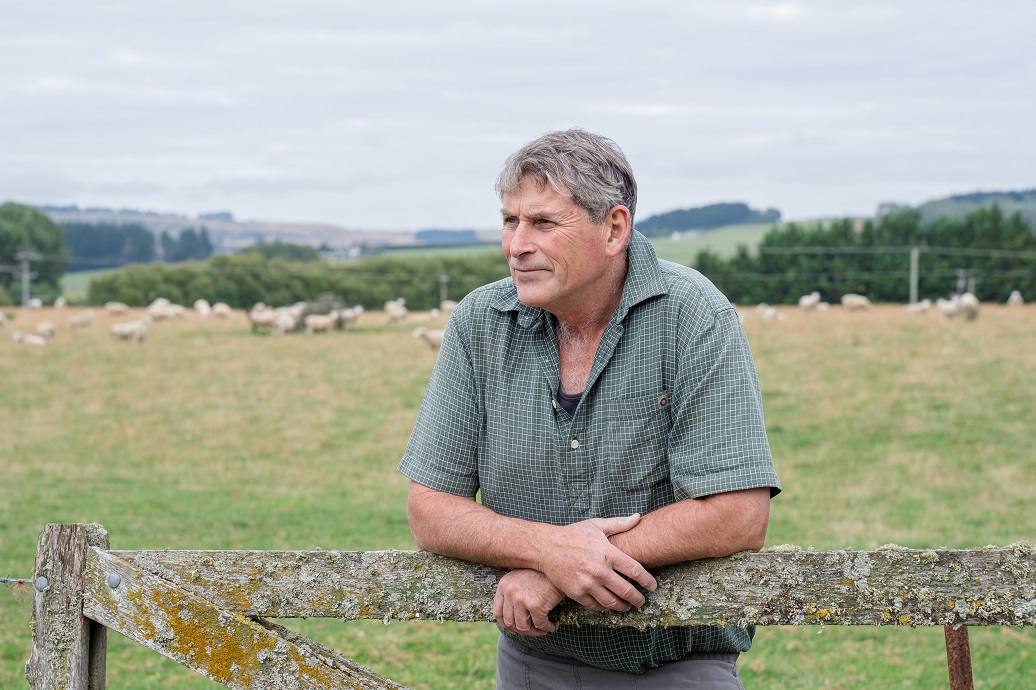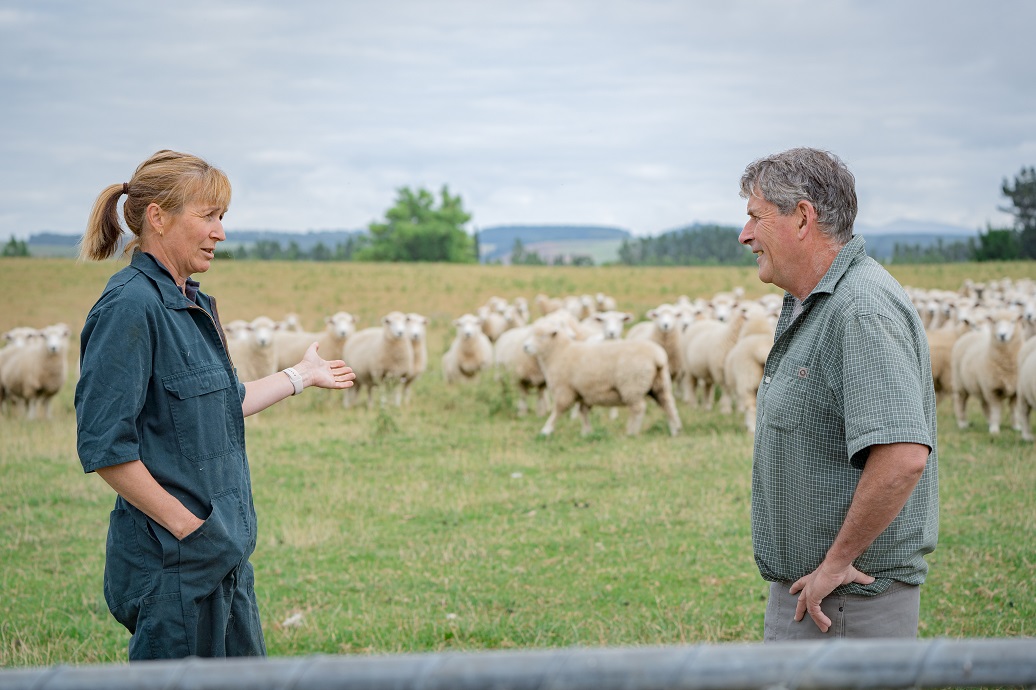Campylobacter always waiting in the wings

For West Otago farmer Richard Young, the mathematics was simple and pretty compelling. Do you risk a potential 5–10% loss in your lamb crop each year, or do you prevent that loss with a vaccination programme?
He found a financial loss of up to $25,000 could be mitigated against with an annual booster vaccination across all ewes that costs less than a tenth of that figure.
It wasn’t just a paper exercise either. The impact of suspending a booster vaccination programme for campylobacteriosis in his 2000-strong Romney ewe flock two years in a row left him in no doubt that the investment in prevention more than pays for itself.
Young runs the ewes, along with 500 replacements, on two blocks: a 230-hectare home block at Pomohaka and 70 hectares at nearby Waikoikoi. While the operation is based around the sheep it’s quite diverse, with 40–50 trading steers, plus 40–50 hectares of oats grown. (Young was chuffed to be told by a visiting Scottish farmer at a recent field day that Southland oats were some of the best in the world.)
That diversity carries through into the feed grown. Pasture mixes include Timothy, red and white clovers and plantain – chicory doesn’t do so well on the heavy silt loams. The sheep are wintered on swedes for up to two months while there’s fodder beet for the cattle. The ewes hoover up any left by the steers.
The livestock classes, crops and pasture mixes work well together and most years the ewes achieve a decent lambing percentage (ewes mated to lambs tailed) of 150–155%. He doesn’t mate the hoggets as grain preparation and planting takes priority when hoggets would be lambing.
There is an inevitable loss between scanning and tailing – most years they scan 180–185% – but he has traditionally run a preventative vaccination programme to minimise lamb losses. The programme involved a shot of Toxovax® for the two-tooths, which gives lifetime immunity against Toxoplasmosis, plus vaccination against Campylobacter with Campyvax4®. This involves a sensitiser and booster for the two-tooths pre-mating, followed by annual boosters to maintain immunity.
About four years ago, however, Young says things were “a bit tight” and he dropped the Campylobacter vaccination annual booster programme for the mixed-age ewes for the time being. The consequences didn’t take long to show up. Tailing percentage that year was down by ten percent, representing a loss of about $25,000, Young says.
Of course lambing performance can vary for many reasons, so he wasn’t quite convinced he needed to resume the annual boosters the following year (he had maintained the initial vaccination programme for two-tooth ewes). Same result – lambing performance was again down about ten percent.
That was all the evidence he needed, and the following year Young resumed his full Campyvax vaccination programme after talking it over with veterinarian Fleur Barker of VetSouth Tapanui. “That year our lambing was straight back up to where it had been. We stopped seeing slipped lambs prior to lambing and overall, the lambs seemed bigger and healthier.”
Barker says the “abortion storms” caused by campylobacteriosis are not as common as they once were, but significant losses can still happen. “As well as abortions, lambs born alive to infected ewes are often weak and don’t survive long.” She says Richard Young’s experience is fairly typical of what can happen when immunity from vaccination is allowed to lapse. She says “natural” immunity from exposure to the disease in the environment can’t be relied on to protect ewes.
In the meantime, Young is happy to have rebooted the full vaccination programme, which he intends to continue.
“We do a March shearing so we can give the ewes their shots pre-mating at that time – we don’t need to do an extra yarding. Once you see the benefits [of the vaccination programme] you just do it.”

